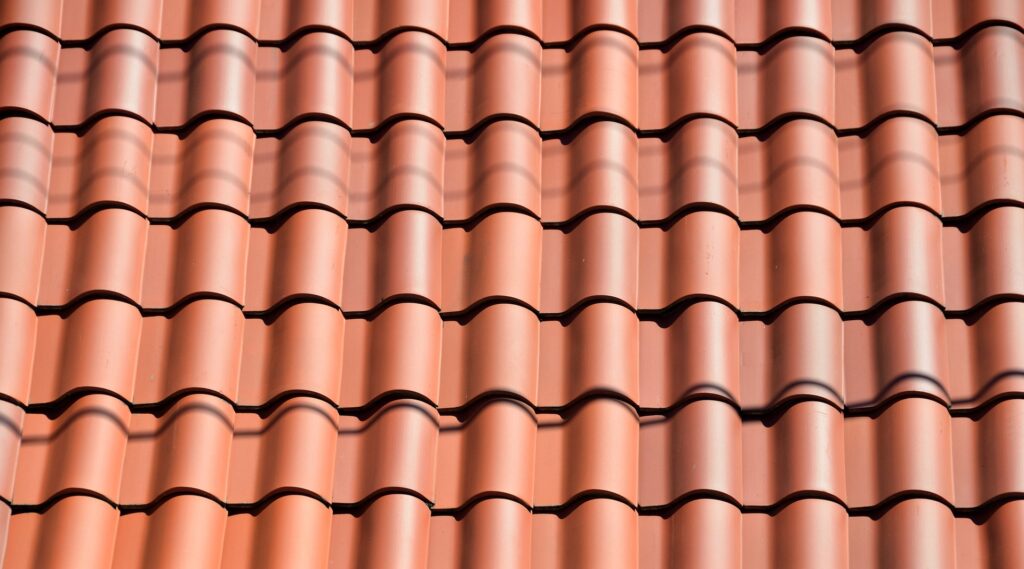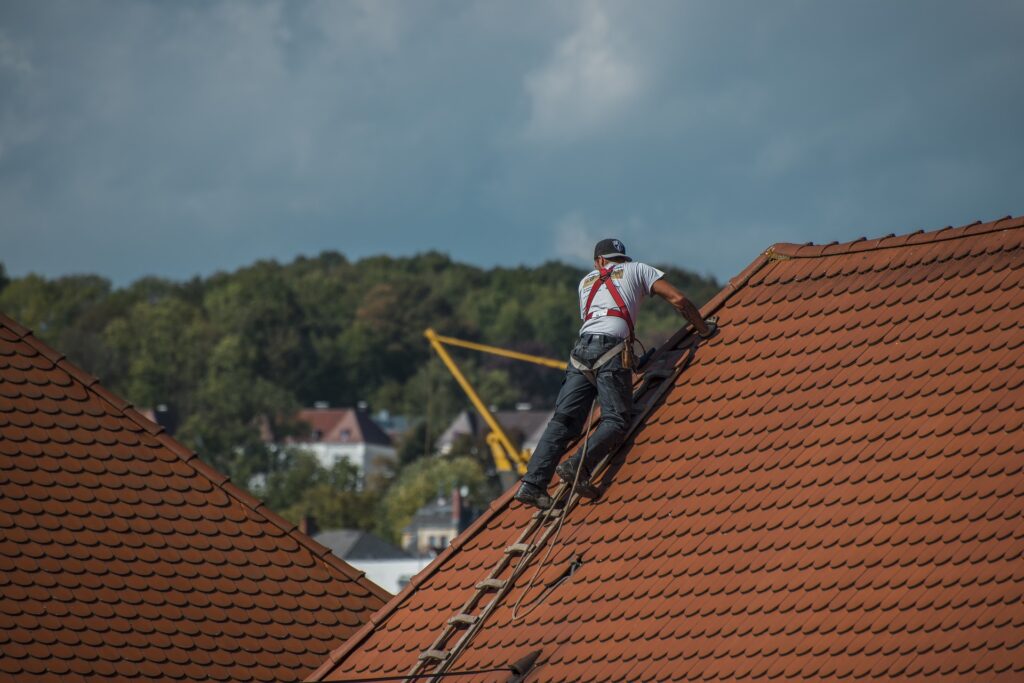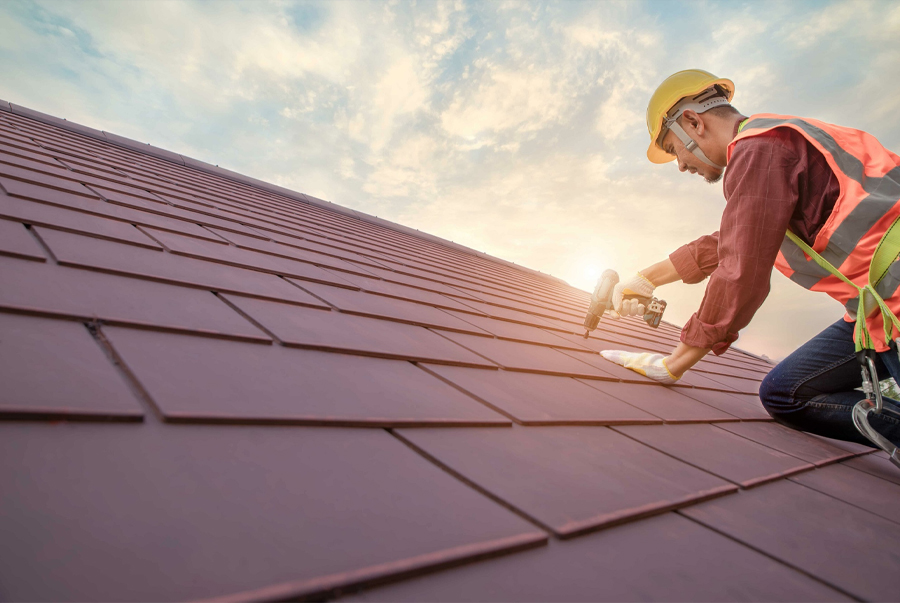
The Impact of Extreme Weather on Roofs and How to Protect It
Extreme weather, such as torrential downpours, heavy snowfall, hail, and ice, can cause damage to your home’s most vital systems at any time of year. The impact of extreme weather on roofs can be caused by strong storms that can damage roof shingles and other roofing components, requiring roof repairs and a claim on homeowners’ insurance.
The final cost to fix storm damage may increase if you wait too long. Read on to see how different climates can affect your roof’s stability. Also, you can read on to find out if you need to replace your roof. There are many benefits to replacing your roof. But doing so might not be necessary.
Water damage is the major problem
There are numerous types of water damage. Suppose you notice water or moisture on your ceiling after a storm, hurricane, flood, or another source of moisture. In that case, you should have professional roofers examine your home for leaks and water damage. Storms can cause water damage and mold growth. Water damage can be caused by several factors, including water and mildew, but also by the exposure of your roof’s supporting elements to water.
Problems with the roof could develop if it rains every day. When water collects in a single spot, it can cause structural damage. You may fix the problem by directing the buildup on your roof into a constant stream that you can easily remove. Once more, it is crucial to hire a roofing professional to inspect your roof for water damage.

Hailstorms can cause substantial damage
We’ve all heard about them, those huge snowballs the size of golf balls that come crashing down from the sky and cause havoc for homeowners. In the United States, hailstorms are the leading source of property damage and insurance claims due to the widespread destruction of roofing, siding, windows, and doors.
As the first line of defense against the elements, your home’s roofing and shingles are especially susceptible to hail damage. Hail storms can cause significant damage to roofs. The extent of the damage depends on the size of the hail and the length of the storm. You should have a trusted roofing and storm damage professional in your area take a look at any problems created by the recent hailstorm.
Even snow can be bad for your roof
On rooftops, snow creates a picture-perfect scene, especially during the winter holidays. Most individuals only see how nice a neighborhood looks and don’t bother to investigate more. However, snowfall, mainly if it accumulates, can cause severe problems for your roof. Snow can cause more than water damage if your roof is in bad shape. The melted snow cannot escape. Which will start a vicious cycle that can lead to leaks, cracks, and even cave-ins if not addressed. Inadequate ventilation in the attic could be to blame if snow is piling up on your roof and refuses to melt or if you have to constantly melt ice dams.
If you live in a windy environment, the wind damage will slowly accumulate
Storm winds of any velocity are destructive. Of course, hurricanes and tornadoes pose a much greater threat to life and property than do normal gusts of wind. But either type of storm can cause enormous damage. Numerous factors, such as strong winds, are brought together by a storm and work together to hasten the degradation of your roof. Damage to your roof and gutters may occur if strong winds tear off your shingles and shake loose your tiles.
The roof should be inspected by a professional even if there is no visible damage after a severe storm. If you see any trees or plants that have been twisted or bent, you may rest assured that the wind speed was high enough to cause significant damage. If you don’t, the following rainstorm might do much more damage to your roof or cause leaks inside your home.

Ways to protect your roof
Initially, it would be best to ensure the roof is in good shape. Next, think about acquiring good insurance, cutting nearby trees, and securing anything that could fly through the air and hit the roof if the winds pick up. In addition, cleaning the gutters and getting rid of any debris from the roof can be done at any time. You should not forget attic ventilation and damage repairs. Finally, consider removing the moss by installing a metal roof. If you stick to these instructions, you’ll have a roof that can withstand any weather.
As you can see, there are many things to do to protect your roof. We can go over more in-depth for some of those points. But remember, while you can touch up your roof a bit. There are some roof repairs you should just leave to the professionals.
Clean your roof and remove any debris
During a storm, the impact of extreme weather on roofs will be the most. That is why you should clear it of any loose debris and ensure that there are no things on the edge that might fall and damage someone. When high winds blow, even a seemingly little piece of concrete lying on your roof might be transformed into a lethal missile. You should either climb a ladder to the roof and remove anything that shouldn’t be there or contact a professional if you don’t feel up to the effort. For any more heavy-duty repairs, some people ask themselves if they need a permit to repair their roofs.

Be sure to regularly clean your gutters
Although it may seem to be a little chore, cleaning your gutters on a regular basis may lessen the chance of blockage and even the impact of extreme weather on roofs. Make it a point to clean them at least once a year. Also, be certain that you are utilizing the proper tools for the work. You may simplify the process by installing a gutter guard to keep leaves, pinecones, and tiny branches from clogging your gutters.




















